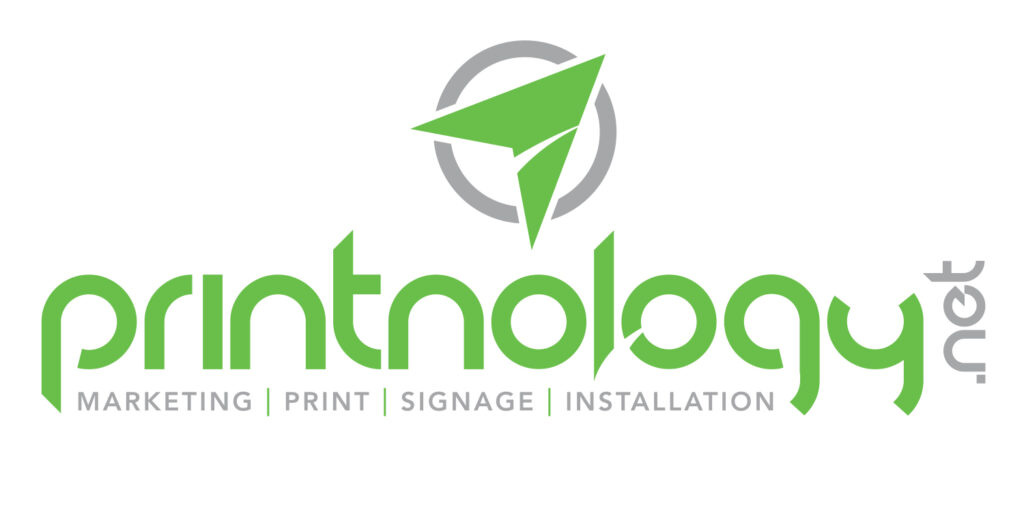Introduction
In the world of advertising, billboards have long been a staple for businesses looking to capture the attention of a broad audience. However, with the advent of digital technology, the traditional static billboard is facing competition from its digital counterpart. This article explores the return on investment (ROI) of digital billboards compared to static billboards.
Understanding Digital Billboards
Digital billboards are electronic displays that can show multiple advertisements in a rotation. They offer dynamic content that can be changed remotely and frequently, allowing for timely and relevant messaging. This flexibility is one of the key advantages of digital billboards.
Advantages of Static Billboards
Static billboards, on the other hand, are fixed displays that showcase a single advertisement for an extended period. They are often less expensive than digital billboards and can be strategically placed in high-traffic areas to maximize visibility.
Comparing ROI
When it comes to ROI, both digital and static billboards have their pros and cons. Digital billboards can be more engaging and offer better targeting options, but they come at a higher cost. Static billboards are more affordable and can provide consistent exposure, but they lack the flexibility of digital displays.
Conclusion
Ultimately, the choice between digital and static billboards depends on the specific goals and budget of a business. For those looking to make a big impact with dynamic content, digital billboards may offer a better ROI. However, for businesses seeking cost-effective, long-term exposure, static billboards remain a viable option.
For more information on wide format printing solutions, visit Printnology Wide Format.












Leave A Comment